An answer to your question can be found here in a similar question I asked:
React - getting a component from a DOM element for debugging
I'm providing an answer here because I don't have the necessary reputation points in order to mark as duplicate or to comment above.
Basically, this is possible if you are using the development build of react because you can leverage the TestUtils to accomplish your goal.
You need to do only two things:
- Statically store the root level component you got from React.render().
- Create a global debug helper function that you can use in the console with $0 that accesses your static component.
So the code in the console might look something like:
> getComponent($0).props
The implementation of getComponent can use React.addons.TestUtils.findAllInRenderedTree to search for match by calling getDOMNode on all the found components and matching against the passed in element.


